Germany is considering a comprehensive defense procurement plan worth up to 25 billion euros to buy thousands of new armored vehicles and battle tanks, aimed at fulfilling NATO's goals of strengthening its forces and enhancing deterrence against Russia.
According to multiple reports citing government and industry sources, the German Defense Ministry is evaluating proposals to purchase up to 2,500 GTK Boxer infantry fighting vehicles and up to 1,000 Leopard 2 main battle tanks.
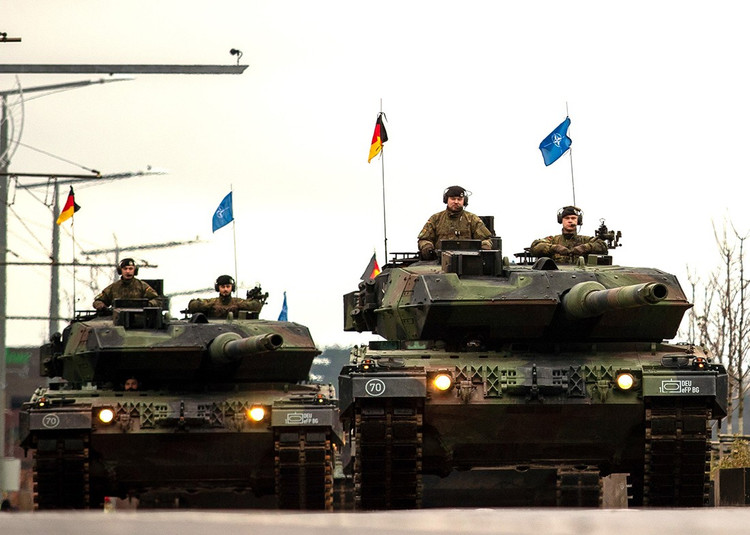
If approved, the order would support the creation of seven new combat brigades that Berlin has pledged to bolster NATO over the next decade.
The move comes amid growing concern within NATO about the risk of wider conflict in Europe, with some allied governments warning that the window of opportunity for deterrence could close within five years.
German Chancellor Friedrich Merz, who took office earlier this year, has pledged to turn the Bundeswehr into the most powerful land force in Europe to respond to rising tensions with Russia.
Both the Boxer and Leopard 2 platforms are produced domestically by a consortium of German defense companies, including Rheinmetall and KNDS Deutschland (formerly Krauss-Maffei Wegmann).
The Leopard 2 has been widely used in Ukraine, where it has been tested in high-intensity combat since deliveries began in 2023.
The GTK Boxer, an 8x8 modular armoured vehicle, is also in service with many NATO member states and has been selected for joint procurement by several European armies.
Germany's decision to significantly expand its fleet could sustain production lines into the 2030s and cement the country's position as a hub for NATO ground forces.

The GTK Boxer and its variants are the most successful armoured infantry fighting vehicles in NATO armies. Photo: Rheinmetall
German Defense Minister Boris Pistorius and senior Bundeswehr leaders are finalizing details of the potential deal, Bloomberg reported. While not yet officially announced, the scale of the proposed purchase underscores Germany’s growing willingness to rapidly rearm, reversing decades of underinvestment.
The initiative is part of a broader European effort to strengthen NATO’s eastern flank and improve overall readiness. German forces currently command NATO battle groups in Lithuania and Slovakia, and the planned new brigades will allow Germany to assume a higher and more permanent readiness posture within the alliance.
Meanwhile, NATO Secretary General Mark Rutte has urged Washington to maintain support for Ukraine after the Pentagon halted some arms deliveries, citing concerns about U.S. stockpiles. European allies, including Germany, have expressed interest in making up the shortfall or speeding up their own deliveries to Kyiv.
If approved, the German purchase would be one of the largest armoured vehicle deals in Europe since the end of the Cold War.
31,500 troops added to NATO alliance
A tank brigade in NATO typically has about 4,500 troops, and includes: 3-4 tank battalions, 1-2 mechanized infantry battalions, 1 artillery battalion, 1 air defense battalion, and other support units such as reconnaissance, logistics, and engineering.
With 7 new brigades, NATO is expected to add about 31,500 troops with modern equipment, stationed in the areas of countries bordering Russia.
Detailed composition of a NATO tank brigade:
- Each tank battalion: About 40-60 tanks, usually modern main battle tanks such as Leopard 2, M1 Abrams, or Challenger 2.
- Mechanized Infantry Battalion: Equipped with infantry fighting vehicles (IFV) such as M2 Bradley, Boxer and may have additional armored personnel carriers (APC).
- Artillery Battalion: Provides fire support for the brigade, can use self-propelled or towed artillery.
- Air Defense Battalion: Protects the brigade from air threats, using anti-aircraft missile systems and anti-aircraft artillery.
- Support units: Including reconnaissance, communications, logistics, engineering, and medical units, ensuring the brigade's continuous and effective operations.
- In addition, some tank brigades may be supplemented with special units such as electronic warfare units, engineering units, or other support units depending on the specific mission and operational requirements.
Source: https://khoahocdoisong.vn/duc-chi-nui-tien-mua-3500-xe-tang-thiet-giap-doi-pho-nga-post1553014.html


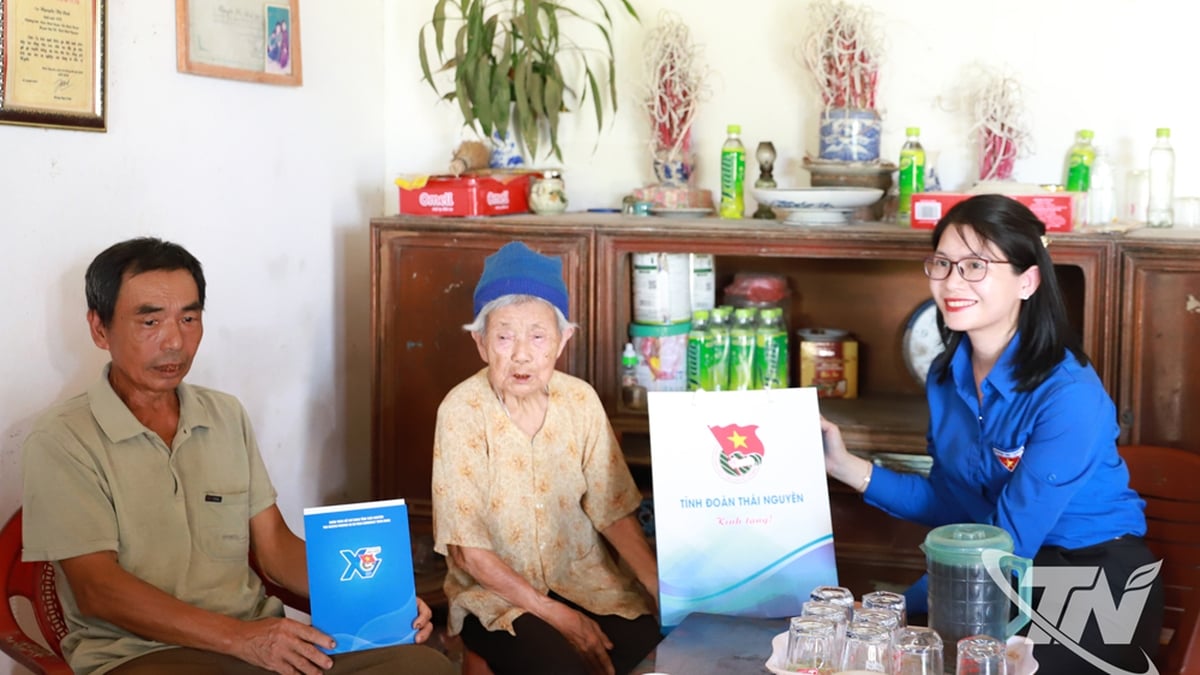


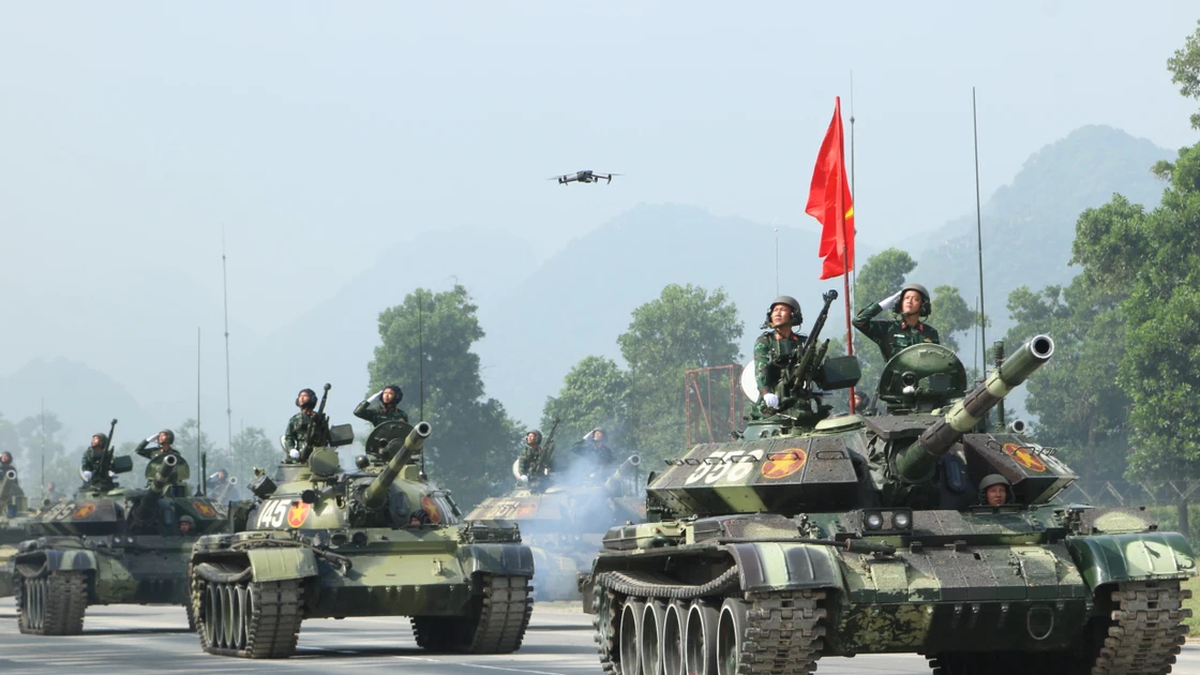


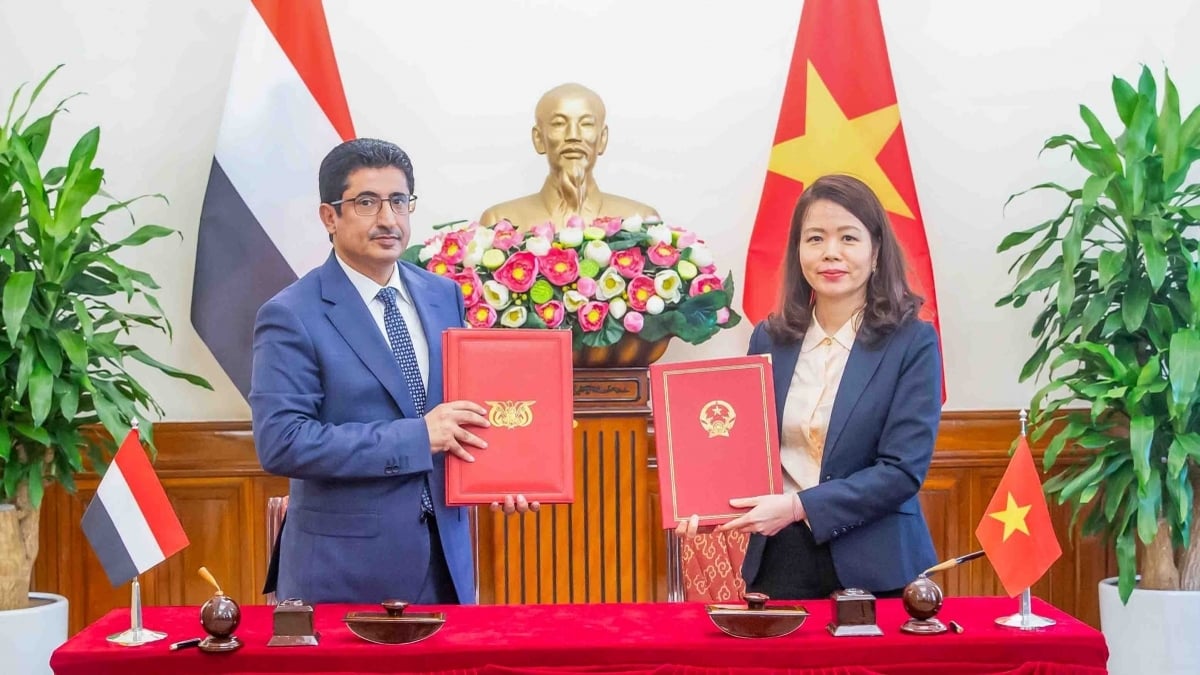


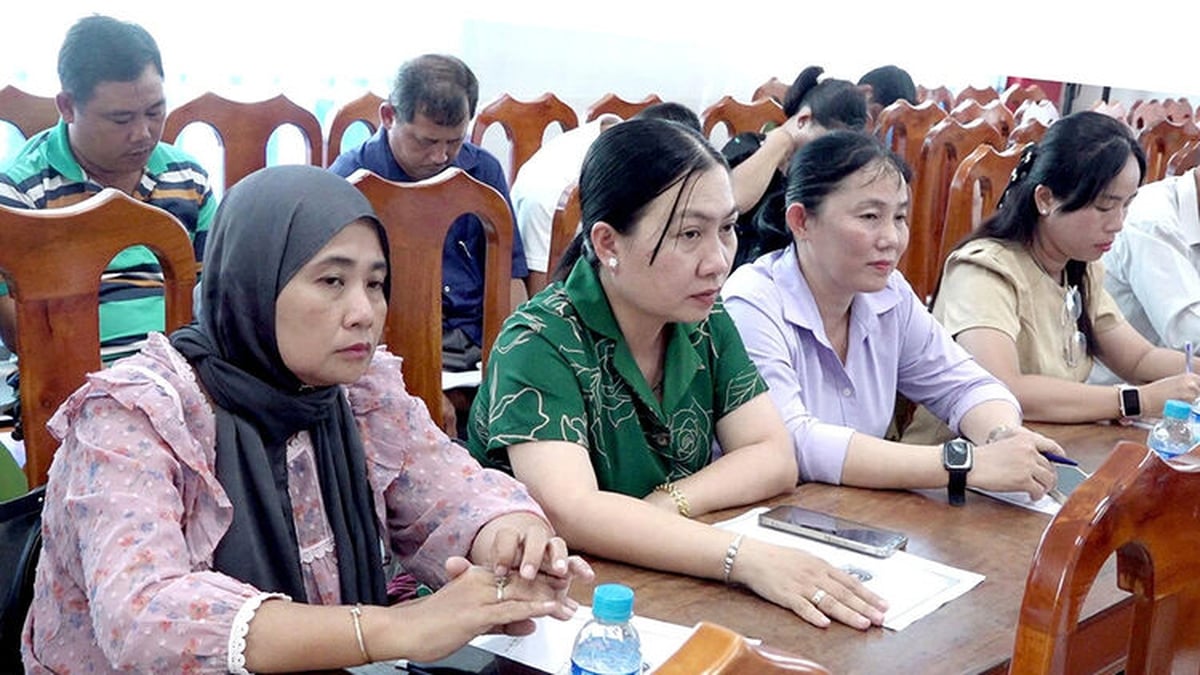
























































































Comment (0)